Plaster is the cementitious material which constitutes binding material cement or lime, fine aggregate and water that are mixed to form cohesive and workable mass. This cementitious material is then applied to the surface to get good appearance of surface, to make surface impermeable or to get smooth surface. However, with so many different types of plaster available in the market; choosing the right type seems an overwhelming task.
Anyhow, plastering is the process of applying plaster to rough surfaces of walls, columns, ceiling, and other building components to obtain smooth and durable surface. Plastering is done to obtain following objective:
- Make external surface impermeable against rainwater.
- Get smooth surface free from dust or dirt.
- Achieve good appearance.
- Hide inferior material against any type of deterioration
- To get hard and durable surface
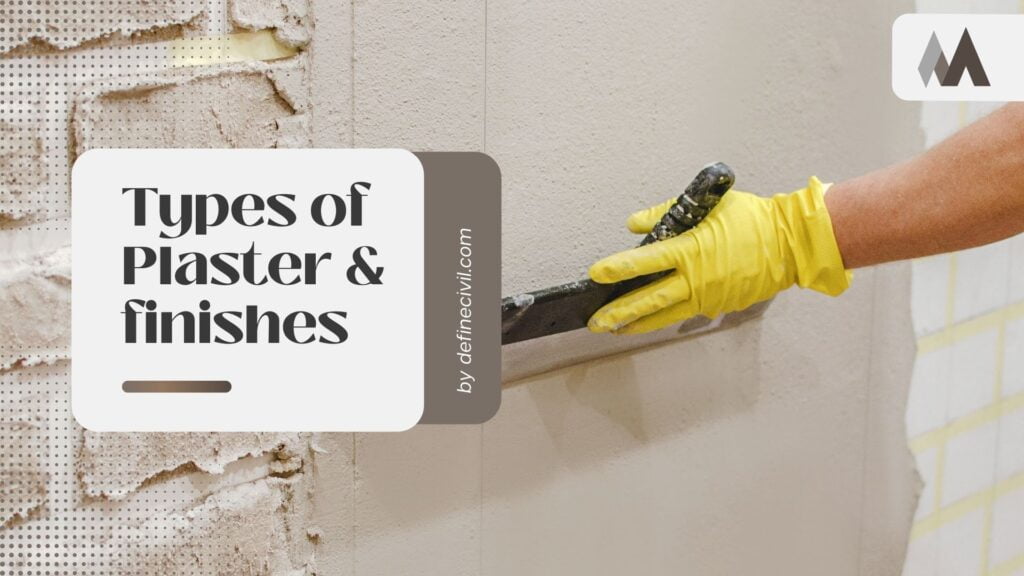
Types of Plaster:
There are various types of plaster depending upon material used and their purposes. Selection of these types of plaster depends upon availability of material, requirement of durability and requirement of finishing. These types are described below:
Types on the basis of available material:
Lime Plaster:
It consists of lime as binding material. In this type of lime and sand are mixed in the ration of 1:3 to form lime plaster. This plaster is used for inner coat as well as finish coat. Lime plaster is used for ancient structure restoration or rehabilitation. This type of plaster comprises less strength as compared to cement plaster.

Cement Plaster:
In this type of plaster, ordinary Portland cement is use as a binding material. Cement, sand, and water are mixed to form workable substance which on hardening develops strength and provides durable surface. Cement plaster is the strongest type of plaster as compared to lime plaster and gypsum plaster that’s why it is preferred for external deteriorated surface. In cement plaster, mix ratio is 1:4 to 1:8. This plaster is applied in either two coat or three coat.

Number of coats of Cement Plaster:
Number of cement plaster coat depends upon the type of background used which is shown below:
| Background
|
Number of Coats |
| Stonework
|
3 or 2 |
| Brick work or Block work
|
2 or 1 |
| Concrete walls or column
|
2 or 1 |
Single Coat Plaster: It is used for inferior type of work. Its thickness should not be less than 6mm and more than 12mm.
Two Coat Plaster: These two coats including rendering coat and finishing coat. First rendering coat is applied whose thickness must be between 2 to 3mm while finishing or final coat is applied after it whose thickness also be between 2 to 3mm.
Three Coat Plaster: This plaster includes three coats that are rendering coat, floating coat and finishing coat. First rendering coat is applied whose thickness varies between 6 to 9mm. Then floating coat is applied. Purpose of floating coat is to bring plaster to an even surface. Its thickness is also varying from 6 to 9mm. Finally, finishing coat is applied to get smooth surface and its thickness is 2 to 3mm.
Gypsum Plaster:
Gypsum is a material formed by partial or complete dehydration of gypsum mineral which is available in white color and in powder form. This powder is used as a binding material which is mixed with water to form Cementous substance and then applied to the walls or ceilings. Thickness of gypsum plaster is between 6 to 20mm. Its main advantage is that it gets dried very quickly and painting can be started on it after 72 hours of application.
Gypsum is fire resistant and thermal insulator. It does not shrink during setting therefore cracks do not originate in this type of plaster. It also gives smooth and glossy surface.

Types on the basis of Special Purposes:
These types of plaster are used to obtain various purposes which include:
Stucco Plaster:
This type of plaster is used for decorative purposes because of having glossy and good appearance. It is applied in three coat and each coat must be dried properly before applying of next coat. These three coats include scratch coat, fine or brown coat and final coat that is white coat or finishing coating. Thickness of stucco plaster is about 25mm.

Waterproof Plaster:
This is special type of plaster which is used for the purpose of controlling the moisture and eliminating dampness in wall. In this type of plaster, cement and sand are used in proportion of 1:2 along with addition of pulverized alum that is added at the rate of 12kg/m^3 of sand content which makes plaster as waterproof. Interesting thing is that water used is not an ordinary water while it consists dissolving 75gm of soap per liter of water.
Barium Plaster:
Barium plaster is special type of plaster which is used as the X-rays protective wall. It is prepared by mixing one part of barium sulphate, one part of ordinary Portland cement, and two parts of barium sulphate sand that is crushed barium rock.
Also Read: How to remove paint from concrete? – with or without chemicals
Asbestos-Marble Plaster:
It is the plaster which constitutes finely crushed marble, asbestos, and cement. This type of plaster is used to get decorative appearance and used for decoration purposes. It is fire resistant plaster and used for temperature and light decoration.
Snow-Crete and Color-Crete Cement:
This type of plaster is used for architectural purposes, providing attractive and durable surface, and good rendering. It is used on exterior wall for providing good appearance.
Acoustic Plaster:
This is special type of plaster which is used for sound proofing. It consists of fibers or aggregates and gypsum product that is used as final coat. Small pores are left during final coat which will absorb sound and will act as acoustic plaster.
Granite Silicon Plaster:’
This type of plaster is used for obtaining superior construction characteristics. It is obtained by mixing silicon and granite with mortar. This plaster eliminates cracks on the surface.
Rough Plaster:
In this type of plaster, cement sand and aggregate are use in the ratio of 1:1:3 for finishing work with aggregate size of 3mm to 12mm. In this type, plaster is applied to surface and then its surface is made rough with the help of float made of wood.
Types of finishing
Regardless of the type of plaster you choose for your wall interiors or exteriors; you can achieve different type of finishing. The shape of finishing can have drastic impact on the overall tone or texture of your plaster. A smooth cast depicts a different touch as compared with a texture finish. So, it is important to choose the type of finishing carefully. Some of these finishes are easy to achieve while others are bit difficult and need experience or dedication. Anyhow, its best to choose finishing that improve your building’s safety and visual appeal.
Smooth Cast or smooth finishing
It helps you achieve a leveled and smooth surface on the plaster. You can get smooth cast by a mortar mix of cement and fine sand mixed in ratio of 1:3. It is important to choose the quantity of water very carefully as you need a workable mix but at the same time you need smooth cast. The difference of smooth cast with sand-faced is in the use of fine-grained sand. Smooth cast is preferred for interior walls. Masons prefer to use skimming float or wood float in this case to get the best results.
Rough cast finish
The obvious opposite of smooth cast is rough cast finish. It’s ideal to have a decorate appeal on the walls or ceiling. Plastering experts also refer to it as spatter dash finish. To achieve rough cast, a mixture of sand and gravel is applied over a freshly plastered surface. We prepare mortar for roughcast by mixing one part coarse aggregate, one and a half part of cement and three parts of sand. Experts recommend size of aggregate between 3 to 12 mm.
Also Read: Types of Concrete Block used in Construction [PDF]
Pebbledash finish
For a unique finish on the exterior walls, contractors often recommend pebbledash finish. We prepare this finish by using lime and a sand base. After preparing the base we throw pebbles or small stones by pressing against the freshly made base. It’s an artwork and needs experience craftsman to achieve a flawless surface. We recommend a layer of 12 mm thick base with ratio of one part cement with 3 parts of sand. While the pebbles are of size between 10 to 20 mm.
Also Read: Types of Brick finishes- Brick Wall Texture
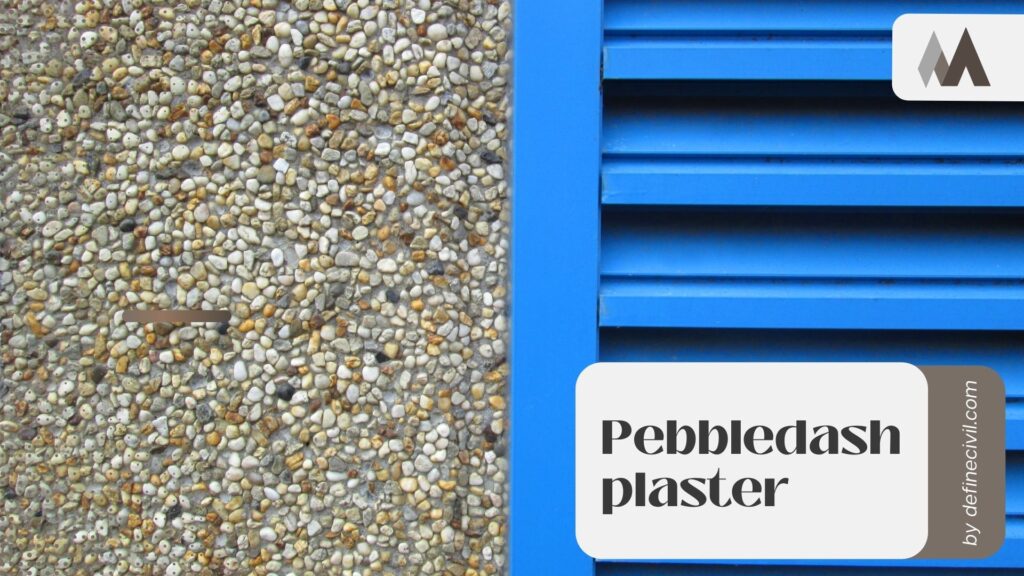
Scraped finish
In the final coat of the wall, a scraped finish is achieved. The final coat of plaster for this type of finish is 6 to 12 mm. So, after final coat – allow it dry for several hours. Once it’s set; you can use straight edge or saw blade to make scrape effect. You need to remove around 2 to 3mm deep grooves in a stylish manner.

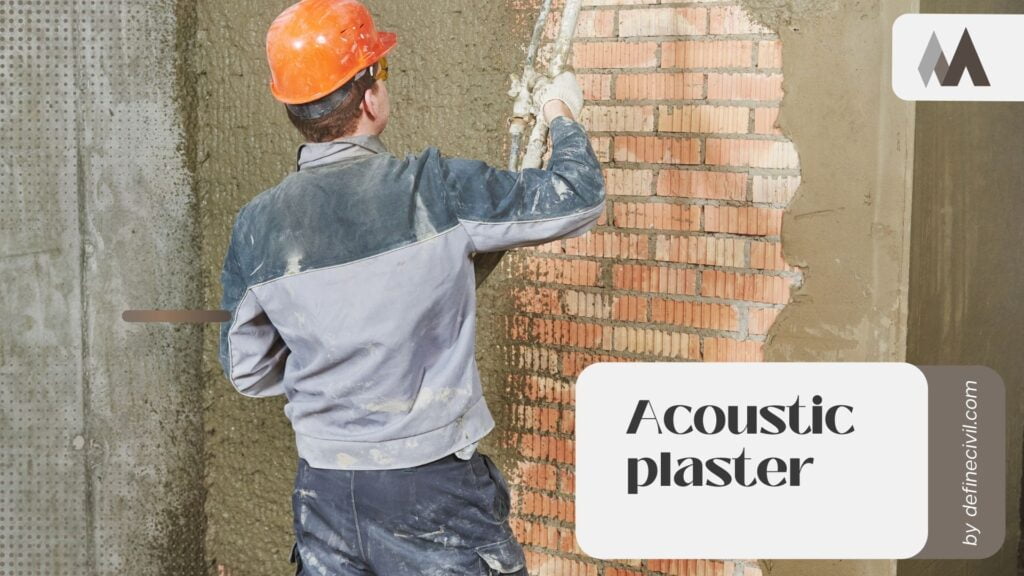
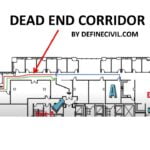


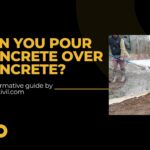
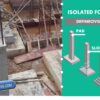





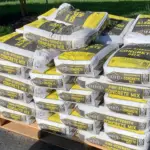







![Engineering Communication by Knisely [PDF] [FREE DOWNLOAD]](https://definecivil.com/wp-content/uploads/2021/05/Editorial-Markup-Stop-Start-Continue-Brainstorm-Presentation-100x100.jpg)
